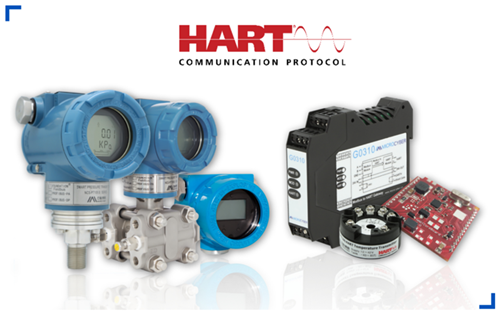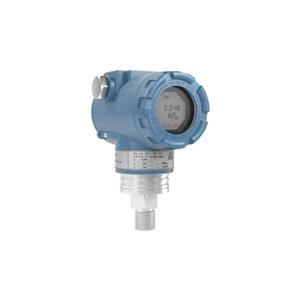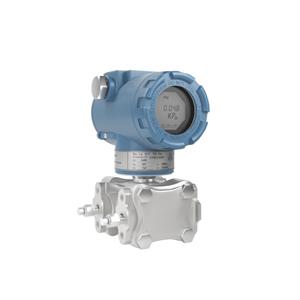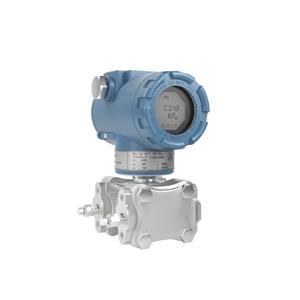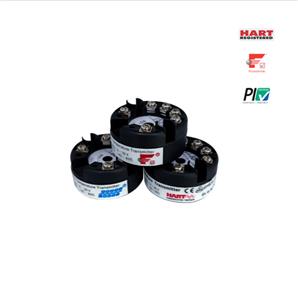HART Protocol Burst Mode Introduction
1.HART Protocol Key Points Review
The HART protocol is one of the many fieldbuses applicable to the process industry. HART.png physical layers are RS-485, FSK (Frequency Shift Keying), PSK (Phase Shift Keying), IEEE 802.15.4 (Industrial Wireless), IEEE 802.3 (Ethernet), and IR (Infrared). Among them, the FSK physical layer compatible with 4~20mA is the most widely used. The master based on RS-485, FSK, PSK, IR physical layer performs the link layer of the simple token mechanism, and the link layer between the master and the slave is the answer type. WirelessHART based on IEEE 802.15.4 physical layer performs TDMA (Time Division Multiple Access) link layer. HART IP based on the IEEE 802.3 physical layer performs the carrier listen/conflict avoidance link layer of Ethernet.
The HART protocol application layer communicates data and status information based on common commands that must be supported, optional common commands, and customized special commands. Currently, device manufacturers are required to provide Field Device Integration (FDI) documentation packages based on electronic device description files for HART master systems or other master device integration applications. Device DTM is an optional, and in individual master systems mandatory, device type manager provided by the device manufacturer for device integration applications, advanced diagnostics, and asset management.
HART protocol data communication is mainly based on master request and slave reply. In order to improve the transmission efficiency, save the master request link, and reduce the power consumption of the node, etc., the fixed format data and status information stipulates that the slave takes the initiative to initiate the transmission of the data and status information, i.e., the Burst mode.
2. Burst mode of operation
HART.png In order to support the periodic transmission of data and diagnostic information from the field device to the master, the data link layer of the HART protocol defines an operating mode. In this mode of operation, the field device can periodically broadcast information to the communication link. A field device is said to be in burst mode when it broadcasts data and diagnostic information in a synchronized loop without continuous polling by the master. On a wired HART communication link, no matter how many field devices there are, only one field device is allowed to be in burst mode. wirelessHART field devices are all in burst mode, but only one field device is transmitting in the same time slot and on the same channel at the time-division multiple access (TDMA) communication link layer.
The English description of Burst-Mode Device is "Burst-Mode Device". This is a digital response device that provides process data and diagnostic information on a regular basis. It is a stand-alone broadcast device whose operating mode is configured by the master device.
3.HART protocol products
Put HT1200M, MC0310, G0310, NCS-TT106H, NCS-TT105H, NCS-PT105H product pictures, more or less.

